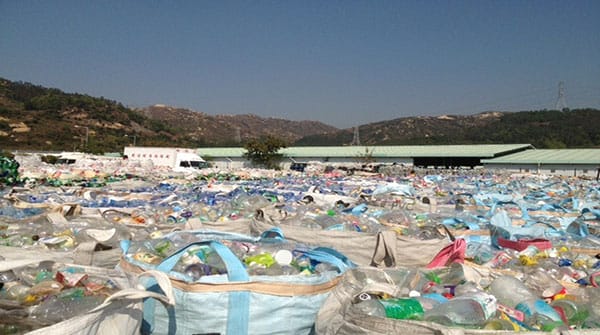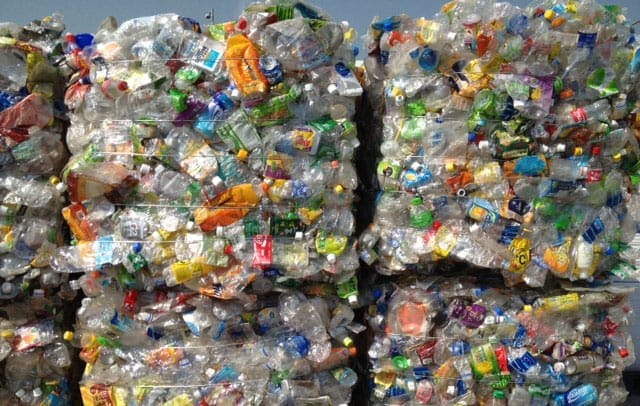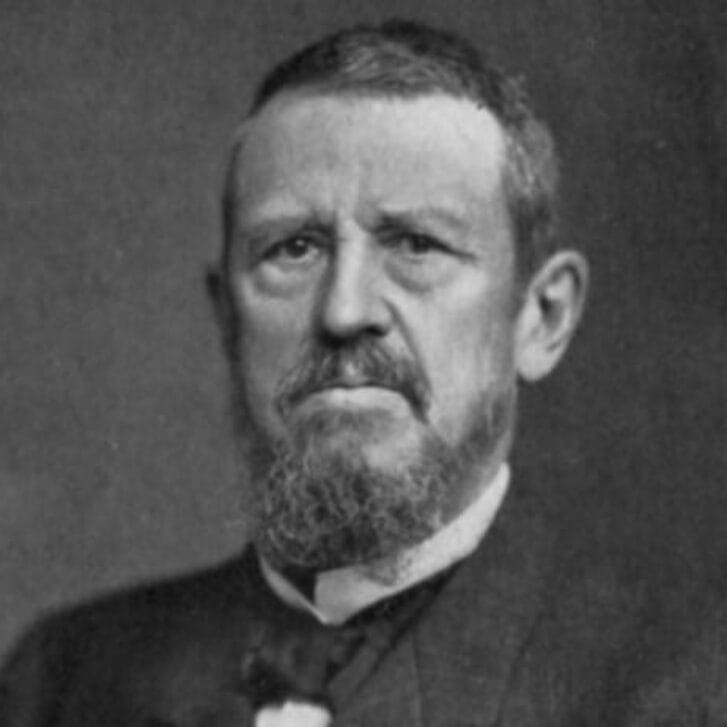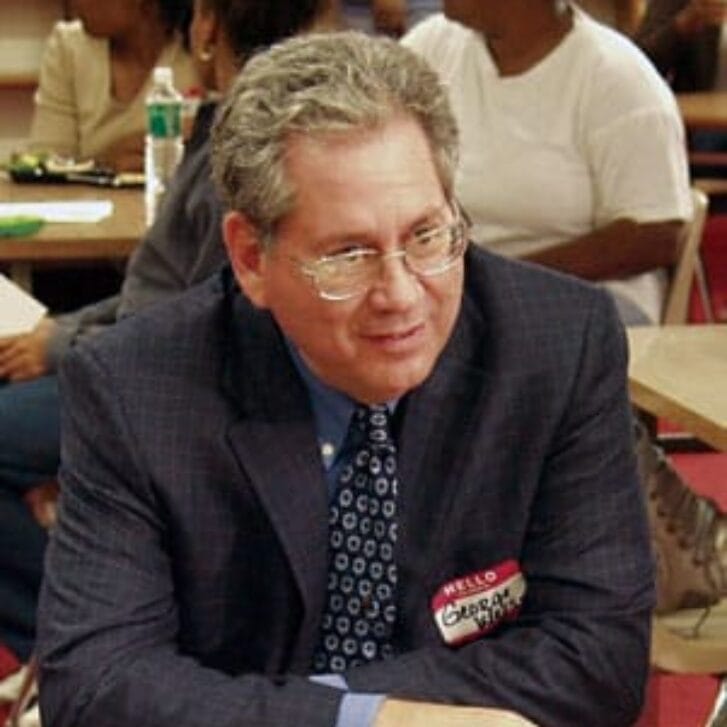Did you know that almost 85 percent of all plastic made never actually gets recycled, yet pound for pound plastic is more valuable than steel? The amount of plastic sent to landfills in the U.S. alone could be worth $8 billion, according to one estimate. How can that be?
This is not something that I thought about when getting into the issue of plastic pollution. Instead, it was more about the visual impact of plastic floating in the water and strewn about our parks and cities. These ugly sights seemed to call for attention, but only got a blank glaze from passers-by. If we can obtain the economies of scale, we can turn this large volume of communal plastic into a resource. How can we bring about the innovation, job creation, community betterment and environmental improvements that so many of our cities and countries are in need of?
My time at Wharton solidified my interests to work with different people from a variety of sectors and industries on an international scale, but I did not have a plan at the time to be the founder of an international nongovernmental organization. Environmental issues were always something that I grew up thinking about, and the book Wump World stuck with me ever since I read it as a child. Much of what was told in that book is happening now. I founded Ocean Recovery Alliance in 2011 to focus on ocean protection issues. A large part of our work is related to business and pollution prevention by showcasing innovations and solutions that need to be scaled. Our communities and our environment are the benefactors, as well as those companies that see the value in being ahead of the curve and designing for resource optimization and brand equity.
For too long, however, topics about trash have been on the back burner. Litter is an eyesore, and when countries can “sweep it away,” they do. I have traveled to many countries, and it is apparent that not everyone has good waste management infrastructure, much less enough recycling capacity. In order to foster collaboration and attention from global decision-makers, we created a business conference (the Plasticity Forum) with an array of experts who are contributing to a world where plastic is used, but without the environmental footprint. What does this mean? It means reaping all of the benefits of lightweight, durable, flexible and colorful plastic without suffering from the pollution hangover. The world has yet to scale some of the ground-breaking plastic innovations currently available, harnessing the resource value that plastic has. We want this discussion to help change that way of thinking. Plastic pollution is a global issue, but needs to be resolved at the local level.

Plastic in need of recycling as far as the eye can see. Photo credit: Ocean Recovery Alliance.
The World Bank estimates that 1.3 billion tons of municipal solid waste (MSW) are produced each year, and that due to population growth, the world’s footprint could double by 2025. By 2050, it could nearly triple to 6 billion tons a year. Few cities and countries will be able to handle a doubling of MSW by 2025. Today’s global waste footprint would cover the same land mass as California or Japan, up to a depth of 32 feet. If MSW reaches 6 billion tons, that would be the same as covering all of New Zealand, California and Spain in trash 32 feet deep, per year.
Almost all of this trash has value, but it is simply not being tapped properly.
Resolving plastic pollution requires a cross-section of thinkers. We need to facilitate interactions between the leaders in design, packaging, materials and recycling. This discussion on waste complements the June launch of the world’s first report on the natural capital cost of plastic which we are just completing. Funded by the United Nations Environment Program, and in collaboration with Trucost, this report looks at the costs to our communities and to our environment when plastic waste is not recycled or treated properly. The research looked at data from 100 global consumer goods companies, as well as costs associated with cleanup, tourism decline, ecosystem degradation and carbon intensity of virgin material use.
This is not to say that plastic is bad. Many of our communities could not survive without the products that plastic provides, but if we don’t measure, monitor and eventually reduce the waste it creates, the impacts can be significant. This UNEP report will open a new chapter in the discussion around plastic pollution, creating a need for monitoring and reporting, which will help to revalue this material as the resource that it is.
Connect with us: Read our past coverage of Doug’s efforts in a piece that appeared on the Wharton Blog Network in 2012—“The Competition to Capture Gold”—and the article from our Summer 2010 magazine—“A Battle in the Pacific.”


























